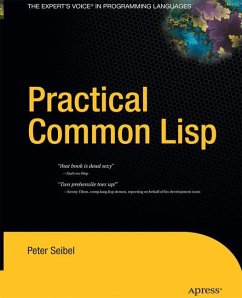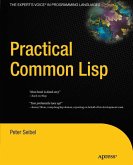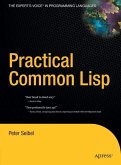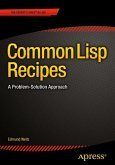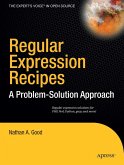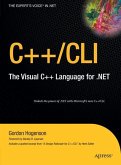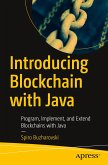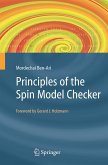Lisp is often thought of as an academic language, but it need not be. This is the first book that introduces Lisp as a language for the real world.
Practical Common Lisp presents a thorough introduction to Common Lisp, providing you with an overall understanding of the language features and how they work. Over a third of the book is devoted to practical examples, such as the core of a spam filter and a web application for browsing MP3s and streaming them via the Shoutcast protocol to any standard MP3 client software (e.g., iTunes, XMMS, or WinAmp). In other "practical" chapters, author Peter Seibel demonstrates how to build a simple but flexible in-memory database, how to parse binary files, and how to build a unit test framework in 26 lines of code.
Practical Common Lisp presents a thorough introduction to Common Lisp, providing you with an overall understanding of the language features and how they work. Over a third of the book is devoted to practical examples, such as the core of a spam filter and a web application for browsing MP3s and streaming them via the Shoutcast protocol to any standard MP3 client software (e.g., iTunes, XMMS, or WinAmp). In other "practical" chapters, author Peter Seibel demonstrates how to build a simple but flexible in-memory database, how to parse binary files, and how to build a unit test framework in 26 lines of code.

